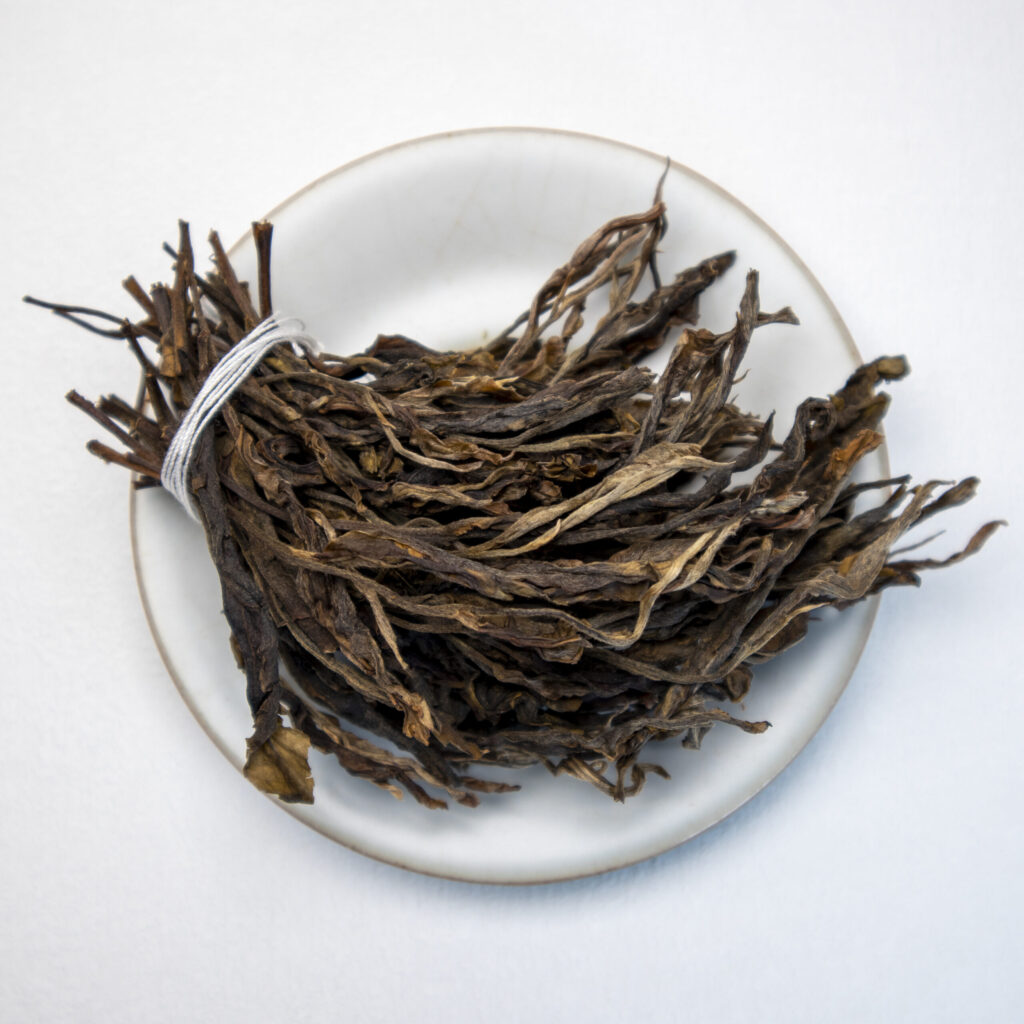Ripe vs Raw Pu'er:
Differences Explained
Ripe vs Raw Pu'er
Pu’er tea, a beloved variety from Yunnan province in China, is unique for its rich, complex flavors and long aging process. But when it comes to choosing between ripe (Shou) and raw (Sheng) Pu’er, many tea enthusiasts find themselves at a crossroads. Understanding the differences between these two types of Pu’er is essential for appreciating their distinct characteristics and deciding which suits your palate.
The Basics of Pu'er Tea
Pu’er tea is a type of fermented tea, known for its earthy flavor and deep, rich aroma. Unlike other teas, Pu’er undergoes a special fermentation process that can last from a few months to several years. This process enhances the tea’s flavor and health benefits, making it a popular choice for tea lovers around the world.
Ripe (Shou) Pu'er: The Modern Twist
Ripe Pu’er, or Shou Pu’er, was developed in the 1970s to speed up the aging process of Pu’er tea. To create Shou Pu’er, the tea leaves undergo an accelerated fermentation process, known as “wet piling,” which involves piling the leaves in a humid environment to encourage rapid microbial fermentation. This process can take anywhere from a few weeks to a few months.
Flavor Profile
Shou Pu’er is characterized by its rich, earthy flavor with notes of dark chocolate, wood, and even a hint of sweetness. Unlike Sheng Pu’er, Shou Pu’er is ready to drink soon after production, offering a smoother, more mellow taste that appeals to those who prefer a less astringent tea.
Raw (Sheng) Pu'er: The Natural Brew
Raw Pu’er, also known as Sheng Pu’er, is the more traditional form of Pu’er tea. After the leaves are harvested, they are sun-dried and lightly steamed before being compressed into cakes or bricks. Sheng Pu’er is often aged for several years, during which it develops a complex flavor profile that evolves over time.
Flavor Profile
Sheng Pu’er is known for its fresh, grassy notes with a hint of bitterness that mellows as the tea ages. Younger Sheng Pu’er can be quite astringent, but as it matures, it develops a smoother, more nuanced flavor. This aging process makes Sheng Pu’er highly sought after by tea connoisseurs.
Key Differences Between Ripe vs Raw Pu'er
- Fermentation Process: The most significant difference between Sheng and Shou Pu’er is the fermentation process. While Sheng Pu’er is naturally fermented over time, Shou Pu’er undergoes an accelerated fermentation process.
- Flavor: Sheng Pu’er has a more astringent, grassy flavor that softens with age, whereas Shou Pu’er has a rich, earthy taste from the start.
- Aging: Sheng Pu’er is often aged for several years to develop its complex flavor profile, while Shou Pu’er is ready to drink soon after processing.
How to Choose Between Ripe and Raw
Choosing between ripe and raw Pu’er depends on your personal taste preferences. If you enjoy a tea with a bold, earthy flavor and a smooth finish, Shou Pu’er may be your best bet. On the other hand, if you appreciate a tea that evolves over time with a more complex, grassy flavor, Sheng Pu’er is worth the wait.
For more information on the aging process of Pu’er tea, you can explore the Wikipedia page.
Exploring the World of Pu'er with Settling Tea
At our Shop, we offer a carefully curated selection of both Sheng and Shou Pu’er teas, each sourced from the finest tea gardens in Yunnan, Including in our very own Settling Tea Mountain. Whether you’re new to Pu’er or a seasoned tea enthusiast, our collection is designed to help you explore the rich, diverse world of Pu’er tea.


